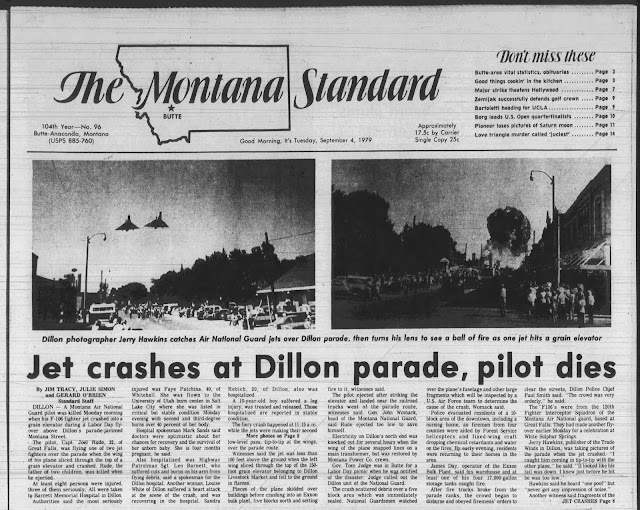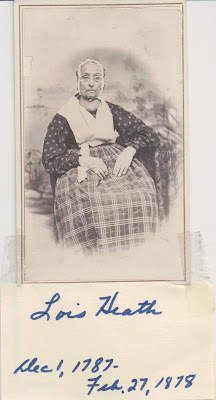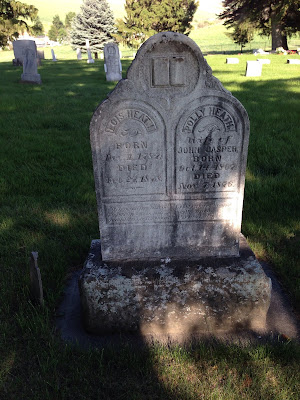#13-2020. Nearly Forgotten. 52 Ancestors in a year
Mary Catherine Shaffner
Mary Catherine Shaffner also known as Catherine, was the daughter of Gabriel Shaffner and Margaret Maria Fetter. She was born the 20th of August 1857 in Manheim, Lancaster County, Pennsylvania. She was the youngest child in the family of 4. Her older brother, John Martin Shaffner, was my Grandfather’s (John F. Shaffner) father. Thus Mary Catherine would have been my grandfather’s aunt.
Mary Catherine never married. She lived with her parents living for many years at 401 Herr St. in Harrisburg, Pennsylvania. Gabriel was a hatmaker, a cabinet maker and even owned a grocery business. Catherine’s occupation is listed in the Harrisburg City Directory of 1887-1890 as a bleacher. She and her father’s business, Harrisburg Bleachery, operated at 401 Herr St. It is said that she took over her father’s hat making business when he died in 1891.
What is a bleacher? At dictionary.com a bleacher is a person or thing that bleaches. I suspect Catherine took in laundry to bleach.
In the 1900 census, Mary and her mother were living at 401 Boas Street.
But I can not find Mary in the 1920 census.
In the 1930 census, Mary is living at “The Home of the Friendless” on 5th and Muench St. in Harrisburg. There is no mention of when she entered the home. She was 72 years old at the time the census was taken.
In the 1940 census, Catherine is living at The Home of the Friendless. She is 83 years old. And the census notes that she was living there in 1935.
(All census searches were done at Ancestry.com and Familysearch.org)
(All census searches were done at Ancestry.com and Familysearch.org)
"Home of the Friendless". 2005
It is now the "Home Center"
Home of the Friendless admitted both childen (almost exclusively young girls) and elderly woman for the first 40 years. By 1920 the Home was exclusively an old age home. The Home is at Fifth and Muench in Harrisburg. It was founded in 1872 by 18 women to provide a place for widows & orphans struggling to survive after the Civil War.
Here is a link to the history of "The Home for the Friendless":
https://www.pennlive.com/business-news/2017/05/homeland.html
But what a sad name for a facility. It is heart breaking to think that anyone needed that facility, especially a relative. Catherine had no immediate family left, although she had nieces and nephews. But who could have cared for her?
Here is a link to the history of "The Home for the Friendless":
https://www.pennlive.com/business-news/2017/05/homeland.html
But what a sad name for a facility. It is heart breaking to think that anyone needed that facility, especially a relative. Catherine had no immediate family left, although she had nieces and nephews. But who could have cared for her?
Dean Shaffner, son of my grandfather, John F. Shaffner, wrote on September 13, 1986 about a visit to Mary Shaffner. Dean writes: John F. Shaffner, Della (his parents) and Dean visited her (Mary Shaffner) in 1938. She was in a rest home. We stayed there for a night or two. She gave me a gold wedding band. It had belonged to her mother. I was about 14 at that time. I lost it at the homestead and always thought it fell through a crack in the floor of the bunk house. Often wanted to look for it with a Geiger counter. At that time I met Marybell Bixler. She was a young woman then. (Marybell was her Great-Niece)
Obituary from "The Patriot", Harrisburg, PA, Tuesday, December 3, 1940 states that Miss Mary C. Shaffner, 1901 North Fifth Street, daughter of the later Gabriel and Mary Shaffner, Harrisburg, died yesterday at her home. She was 82 [83] years old. Miss Shaffner was the last surviving charter member of Otterbein United Brethren Church. Several nieces and a nephew survive. Funeral service will be held at 2 PM Thursday at the funeral parlors of Hawkins, Inc., 1007 North Second Street. The Rev. Charles R. Beittel of Otterbein Church, will officiate and burial will be in East Harrisburg Cemetery. Friends may call between 7 and 9 PM tomorrow at the funeral parlors.
Information from the East Harrisburg Cemetery Company on February 25, 1986 lists Miss Mary C. Shaffner, age 83, is buried at the East Harrisburg Cemetery in Section 2, Lot 117
Catherine was nearly forgotten.
I visited the Cemetery in 2005 and located her grave. She was buried near her father and mother. My grandfather had many photos in his collection of family members, but there are none of Mary Catherine.
We will not forget about our ancestors.














